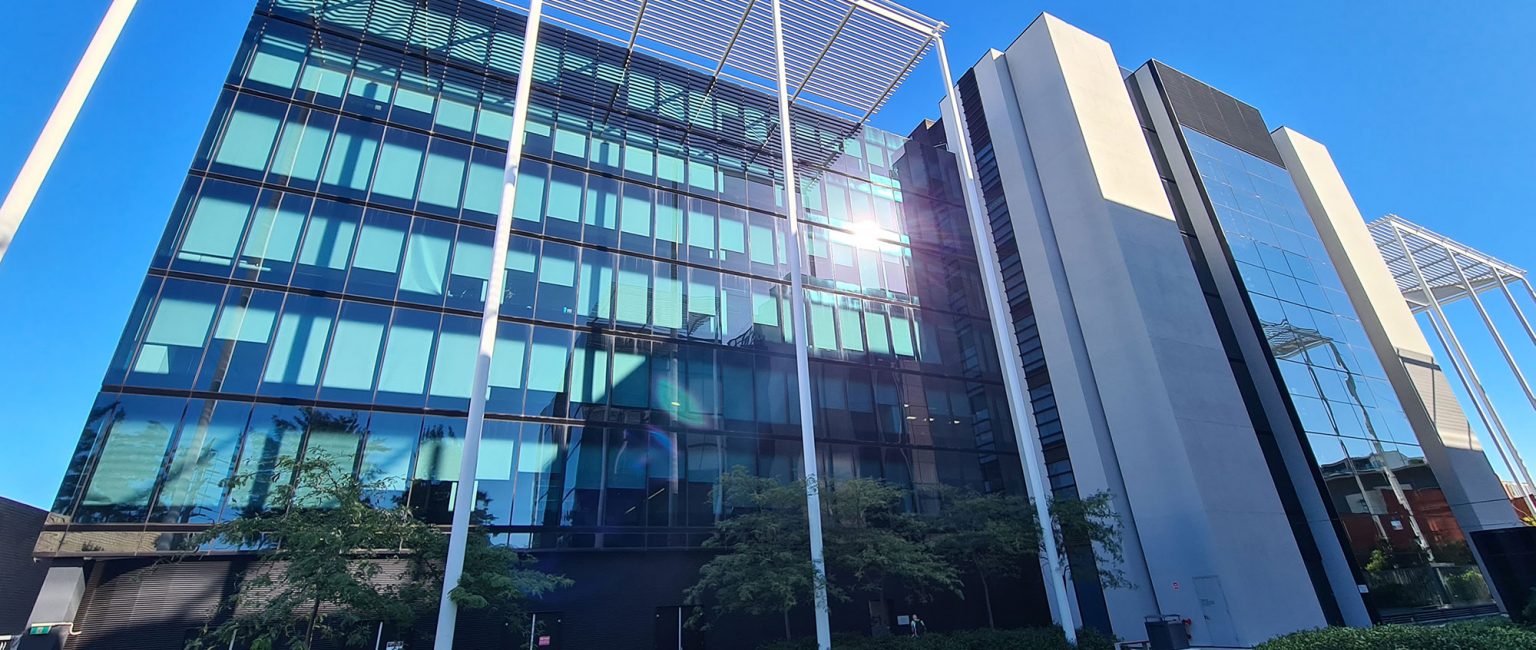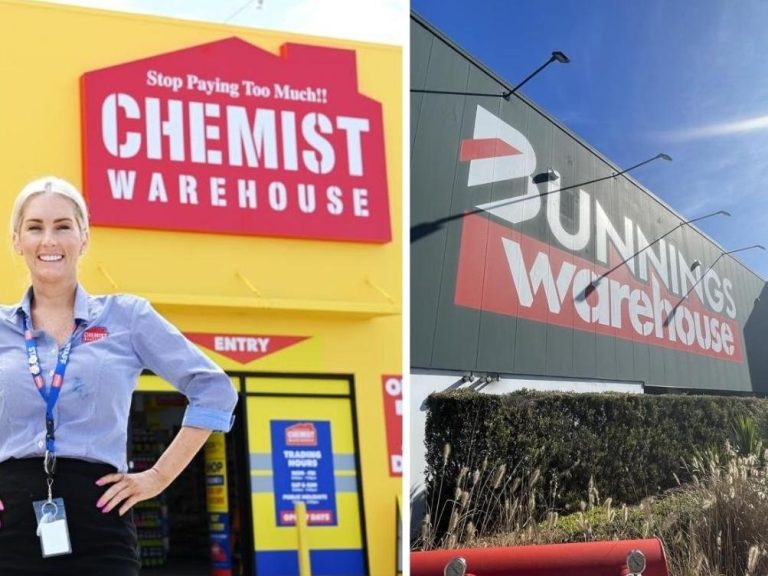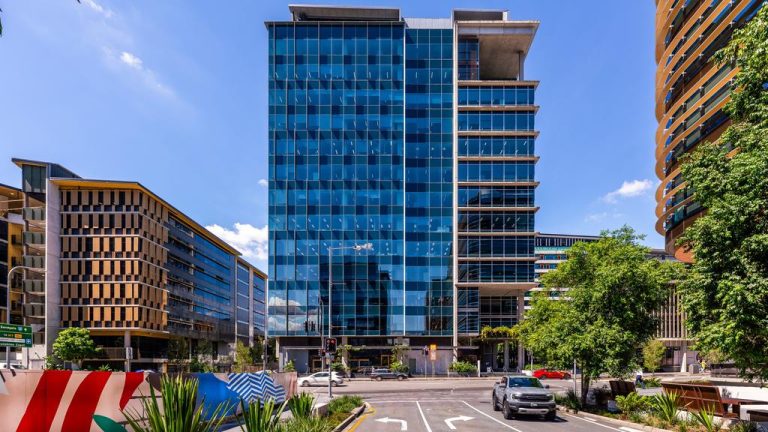Carbon neutrality ‘that next frontier’ even for newer buildings

As the nation transitions to a carbon zero world, experts say even newer commercial properties will need to invest in improving their energy performance.
While many companies are focused on achieving high energy ratings, getting commercial buildings certified as carbon neutral is the next stage when it comes to the transition, according to Dr Trivess Moore, senior lecturer at RMIT University’s School of Property, Construction and Project Management.
“I don’t know how many NABERS buildings, for example, have achieved this newer kind of zero carbon rating, but it’s almost that next frontier.
“We’ve been talking probably quite a lot around low-energy buildings, it’s now moving towards low-carbon buildings,” he said.
Dr Moore said given “we are in a climate emergency”, more building owners will need to invest in lowering energy consumption at their properties as it’s something both investors and the community now expect.
“If you’re an owner of a building, it’s going to make sense to protect your asset to improve the demand and desire for that particular space,” he said.
In the case of one office building in Perth, the owner and facility manager decided not to use green power to cut energy consumption and instead transformed Workzone West into a certified carbon neutral building.
Dr Moore said the fact that owners of newer properties are opting to improve energy performance is a sign that the market is moving beyond simply meeting the National Australian Built Environment Rating System (NABERS), which has been operating for more than two decades, in favour of low or zero carbon structures.
“It shows we’re going to have to address all of our existing buildings moving forward, regardless of whether they’re less than 10 years old, as in this case, or whether they’re new or older than that, we need to make sure they’re all achieving this kind of performance target,” he said.
Going one step further for carbon neutral status
Workzone West is the only commercial building in Western Australia with both carbon neutral certification and the highest possible NABERS energy rating of six stars, the result of a partnership between owner Elanor Investors Group and Knight Frank Facilities Management. The certification, which was gained in February, and its energy rating last for 12 months.
Knight Frank facilities manager Janitha Kaushal said the achievement set a new benchmark in Perth’s commercial market for sustainability, a growing focus for real estate investors globally.
Mr Kaushal said a focus on sustainability is both good for the environment and beneficial for property owners and occupiers.
“It saves energy and reduces costs, increases revenue and mitigates risks, and we expect to see greater capital flows towards green-rated buildings and buildings that have the potential to be made ‘green’ over the coming year.”
The decision to not just “throw money at the problem” and add extra green energy to the site, but to change the building’s overall consumption is the “ethical way” to reduce overall usage, according to HFM Asset Management’s Alex Sejournee, who assessed the building for its energy rating and was the carbon neutral certifier for NABERS and Climate Active.
Climate Active and NABERS together certify properties as carbon neutral as part of a partnership between businesses and the federal government to encourage voluntary action on climate change.

Work Zone is the only commercial building in Western Australia with both a carbon neutral certification and a six stars NABERS energy rating. Picture: Supplied by Knight Frank
Mr Sejournee said the decision to seek carbon neutral certification is a step further than most companies are currently taking when it comes to their commercial properties, and a prime example of the owners and managers moving beyond NABERS ratings towards a low carbon building.
“Elanor and Knight Frank chose to voluntarily go one step above and beyond and certify the building for carbon neutral status. You don’t have to do that at the moment.”
Dr Moore said not adding renewable energy to a building to cut emissions is a practical decision that other commercial property owners will face as many CBD buildings have limited access to direct sunlight for solar panels.
“The way we have designed and constructed our cities over the recent decades means that there’s going to be a growing percentage of buildings where renewables are not really a feasible option,” he said.
Dr Moore said while all buildings could substantially improve their energy performance, it may not be feasible for every building to be certified as a zero carbon structure but that owners should be supported in delivering “the best outcome for that particular building.”
The path to six stars and being carbon neutral
Workzone West, a fully-occupied building with 15,602sqm of A-grade office space and 192sqm of retail space over seven levels, was constructed in 2013 and designed to meet the requirements of a five-star energy rating.
After ASX-listed Elanor Investors Group paid $125.5 million for the building in 2018 and appointed Knight Frank to manage it, the push to gain six stars began.
But the path to reducing the building’s energy consumption didn’t include adding solar panels to the roof to generate more power.
Mr Kaushal said Workzone has achieved the six star rating for two consecutive years without green power and has almost three times less electricity consumption than an average Perth office building.
“Over the last three years, we have done a lot of energy saving improvements,” he said.
Knight Frank worked with a team of experts including HFM Asset Management who certified the building for NABERS/Climate Active, a mechanical services contractor, the BMS contractor who worked on the computing software that controls the air conditioning and electrical contractor Infrared on fine-tuning the mechanical processes within the building.
The changes included switching to LED sensor lights in the 141-bay car park, using LED or equivalent lighting – some also fitted with sensors – in common areas such as the fire stairwells. Lighting schedules were also changed to reduce unnecessary operation hours.
A control strategy was put in place for the air conditioning in the common lift areas as well as the tenant spaces to reduce usage when the building wasn’t occupied, which drastically cut down on energy use particularly in the base building, Mr Kaushal said.
Mr Kaushal said the work done to gain a six star energy rating from NABERS has also led to a decline in operating costs, as it helped reduce outgoings for the common electricity.
While investing in energy saving measures to meet higher NABERS energy ratings can add up, the body that runs the rating system said there is a cost reduction of $280,000 per year on average for office buildings that go from a four to a six star energy rating.
Having achieved the six stars, Mr Sejournee said the only thing left to do to gain the carbon neutral certification was to quantify the building’s emissions and purchase 600 tonnes of carbon offsets through renewable and environmentally-friendly programs, in this case through two separate projects in Asia. The projects chosen met the certification’s stringent guidelines to ensure the same carbon offsets aren’t purchased twice.
Prices for carbon offsets fluctuate, although Mr Sejournee said in the past year demand for offsets has increased and in particular supply couldn’t keep up with the for higher-quality offsets.







